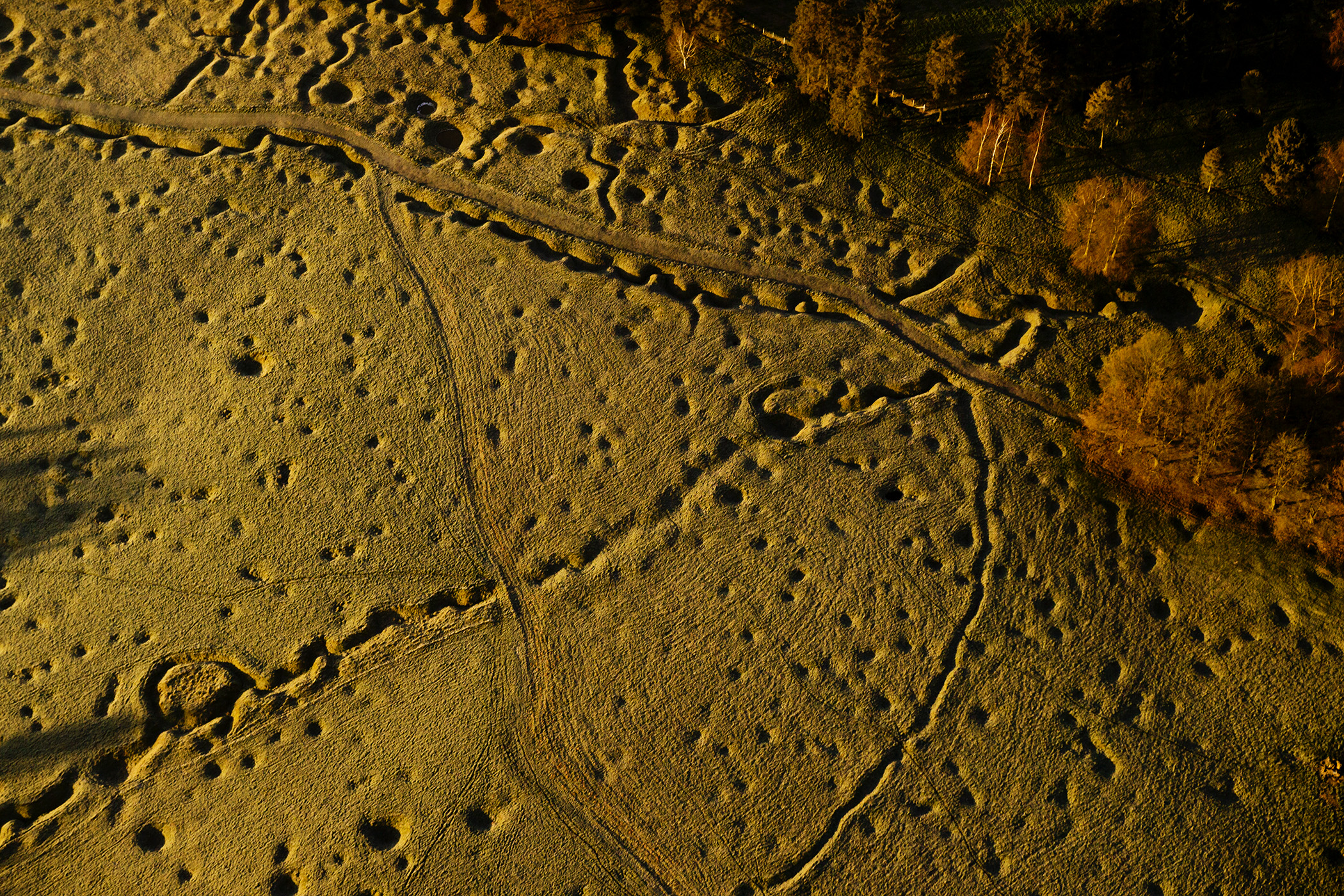Statues and Status Quo. Time of Monuments in the United States
Statues and Status Quo. Time of Monuments in the United States
Author(s): Łukasz ZarembaContributor(s): Arthur Barys (Translator)
Subject(s): History, Fine Arts / Performing Arts
Published by: Widok. Fundacja Kultury Wizualnej
Keywords: monument; monumentomania; iconoclasm; visual culture; iconoclash; Confederacy; Lost Cause; Civil War – memory; Kehinde Wiley; Richmond; Monument Avenue; Durham; Chapel Hill
Summary/Abstract: In 2015, an armed young white man entered the church in Charleston and killed nine African-Americans. He was guided by racist motives, modeled on Confederate soldiers and had previously been willing to photograph himself with the Confederate flag. This event once again triggered a discussion in the United States not only about the ideological but also material heritage of the Confederacy states, including the monuments ubiquitous in the cities of the South: memorials to Confederacy leaders, but also to anonymous soldiers. These monuments have become the subject of stormy disputes. Some of them were removed by the authorities (New York, New Orleans), some were overthrown in grassroots actions by activists (including Durham and Chapel Hill, referred to in the article); however, a large group was defended by the Republican state authorities. The article - written from the perspective of visual culture studies - aims to recognize the specificity of the monument's medium in the context of these disputes. It argues that the most important characteristic of the medium considered obsolete today (static, unchangeable, heavy, physical, public, etc.) is its ability to present itself as natural, eternal, "historical". These monuments do not only serve to distort the history of civil war in the states of the South (particularly by erasing slavery from it). At the time of their creation - several decades after the war - they were tools of an aggressive policy of segregation and were intended to emphasize the domination of whites and the permanence of pre-war racial divisions.The analysis of a contemporary artistic "monumental" intervention - Kehinde Wiley's Rumors of War, unveiled in December 2019 - will help in recognizing the specificity of the monument's medium. This work, from the perspective of art criticism falling into the traps of politics of representation, from the perspective of visual culture studies turns out to be an important guide, entering into a complicated dialogue with the monuments of five Confederate leaders still present at the Monument Avenue in Richmond, the capital of the secessionists.
Journal: Widok. Teorie i Praktyki Kultury Wizualnej
- Issue Year: 2019
- Issue No: 25
- Page Range: 109-147
- Page Count: 39
- Language: English

